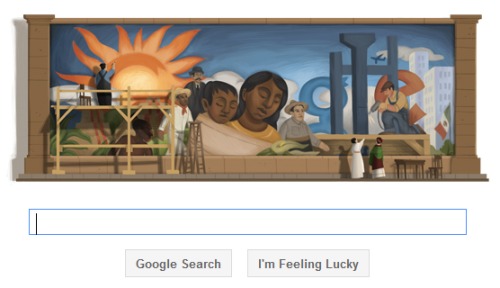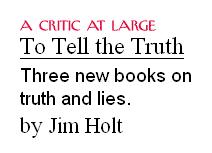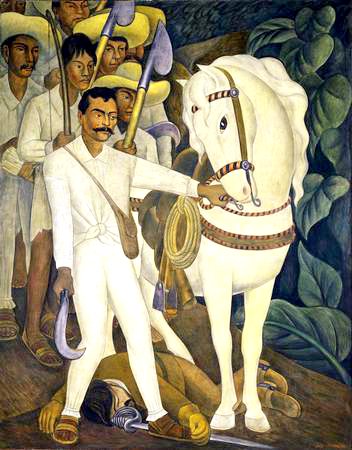Crossroads
In memory of Diego Rivera,
who died on this date in 1957
"… the socialist muralist Diego Rivera, hired by Nelson Rockefeller to paint a fresco for the newly constructed Rockefeller Center in New York, inserted a likeness of Lenin's head into the fresco. Rockefeller insisted that the head be replaced or removed, and when Rivera refused the fresco was destroyed…. The event… is captured with great wit in E.B. White's poem…."
— Harvard Law Review
I Paint What I See
[A Ballad of Artistic Integrity]
by E.B. White
The New Yorker, 20 May 1933
"'What do you paint, when you paint on a wall?'
Said John D.'s grandson Nelson.
'Do you paint just anything there at all?
'Will there be any doves, or a tree in fall?
'Or a hunting scene, like an English hall?'
'I paint what I see,' said Rivera.
'What are the colors you use when you paint?'
Said John D.'s grandson Nelson.
'Do you use any red in the beard of a saint?
'If you do, is it terribly red, or faint?
'Do you use any blue? Is it Prussian?'
'I paint what I paint,' said Rivera.
'Whose is that head that I see on the wall?'
Said John D.'s grandson Nelson.
'Is it anyone's head whom we know, at all?
'A Rensselaer, or a Saltonstall?
'Is it Franklin D.? Is it Mordaunt Hall?
Or is it the head of a Russian?
'I paint what I think,' said Rivera.
'I paint what I paint, I paint what I see,
'I paint what I think,' said Rivera,
'And the thing that is dearest in life to me
'In a bourgeois hall is Integrity;
'However . . .
'I'll take out a couple of people drinkin'
'And put in a picture of Abraham Lincoln;
'I could even give you McCormick's reaper
'And still not make my art much cheaper.
'But the head of Lenin has got to stay
'Or my friends will give the bird today,
'The bird, the bird, forever.'
'It's not good taste in a man like me,'
Said John D.'s grandson Nelson,
'To question an artist's integrity
'Or mention a practical thing like a fee,
'But I know what I like to a large degree,
'Though art I hate to hamper;
'For twenty-one thousand conservative bucks
'You painted a radical. I say shucks,
'I never could rent the offices—–
'The capitalistic offices.
'For this, as you know, is a public hall
'And people want doves, or a tree in fall
'And though your art I dislike to hamper,
'I owe a little to God and Gramper,
'And after all,
'It's my wall . . .'
'We'll see if it is,' said Rivera.
Related material:
Pictures of the Rockefeller Center mural,
"Man at the Crossroads," and
Rivera's re-creation of the mural,
"Man, Controller of the Universe."
See also another treatment of the "Man at the Crossroads" theme–

















